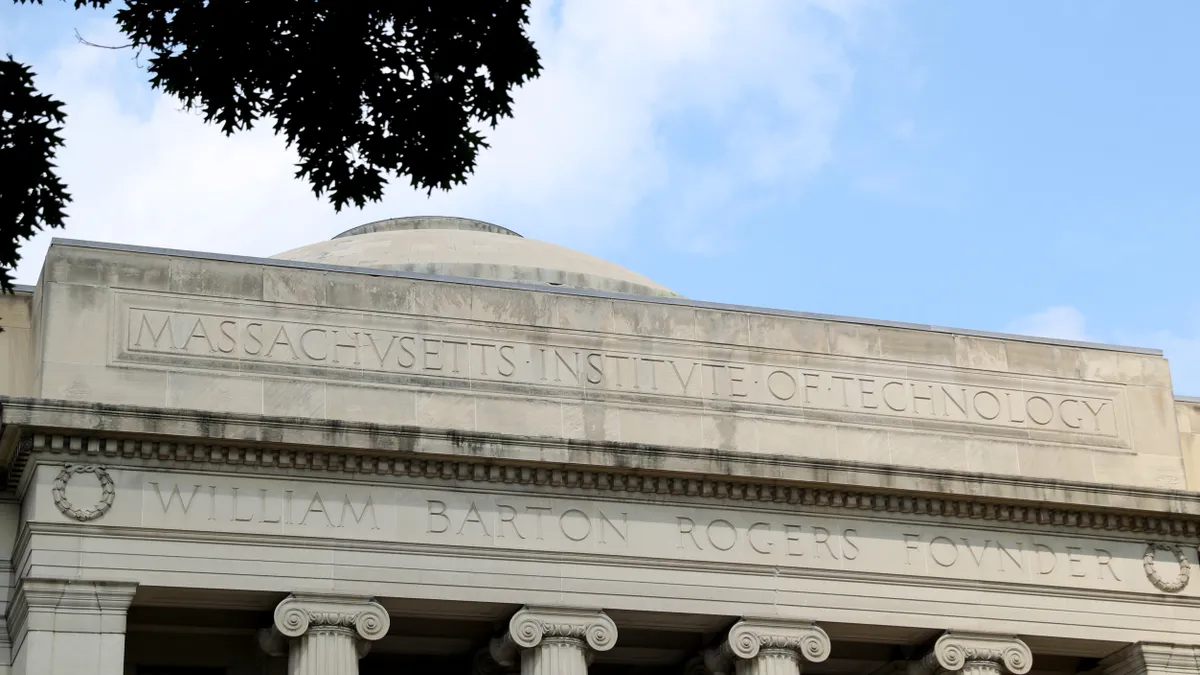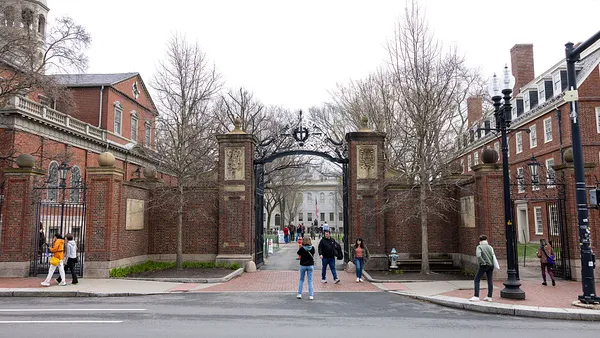Dive Brief:
- Free college programs are building momentum, but well-designed efforts stand to raise enrollments beyond what many institutions can handle, according to a new report from The Century Foundation, a progressive think tank. The report offers state and federal policymakers a roadmap for designing and implementing these programs.
- Although free college programs make higher education accessible to more learners, funding only the tuition doesn't cover the full cost of education. And institutions, particularly community colleges, often lack the resources to meet demand generated by these efforts. That often forces them to decide between serving more students with fewer dollars per student or serving fewer students.
- The report recommends such programs include funding for institutions beyond tuition dollars so they can provide the often-costly support services those students need, such as academic advisors, financial aid counselors and mentors.
Dive Insight:
An important part of sufficiently funding free college programs is being able to predict how many more students will enroll in college as a result of it becoming more affordable. To do so, the report recommends that policymakers look to existing programs — such as those in Indiana, Michigan and Tennessee — as well as high school enrollment projections, employment rates, and racial, ethnic and socioeconomic markers in their state or region.
State and local leaders have wider margins of error when making these projections than national programs do. For example, a free college program proposed by Hillary Clinton during her 2016 presidential run was projected to raise enrollment at public colleges nationwide between 9% and 22%, the report explains, citing data from the Georgetown University Center on Education and the Workforce.
The successes and shortcomings of early free college programs offer lessons for future initiatives.
A recent Brookings Institution report that analyzed one such early effort, the 2011 Degree Project in Milwaukee, found it had little impact on high school performance and college-going among participants. The report cited three reasons: its academic performance requirements narrowed the pool to students who were likely to attend and succeed in college anyway; it was small in scale and so lacked a "catalyzing effect"; and participating schools were low-performing and lacked good student support.
Although state funding for higher education is on the decline, free college programs do seem to be an area of interest.
A separate report from the Century Foundation found that funding per full-time equivalent (FTE) student in six programs increased between 12% and 142% in the years during and around the Great Recession, with overall FTE funding down between 18% and 38% in each state for the period.
However, free college programs can be expensive to implement effectively. What's more, many focus on last-dollar tuition costs not covered by financial aid and overlook additional expenses that can make college cost-prohibitive, such as room, board and books.
While efforts so far have been at the state and system levels, the new Century Foundation report explains that a federal free college program could compensate for "three existing inequities" in enrollment and appropriations related to free college. Those are variation in state higher ed FTE funding; low funding levels at the community colleges the programs typically target; and underrepresented students' need for more support services.














